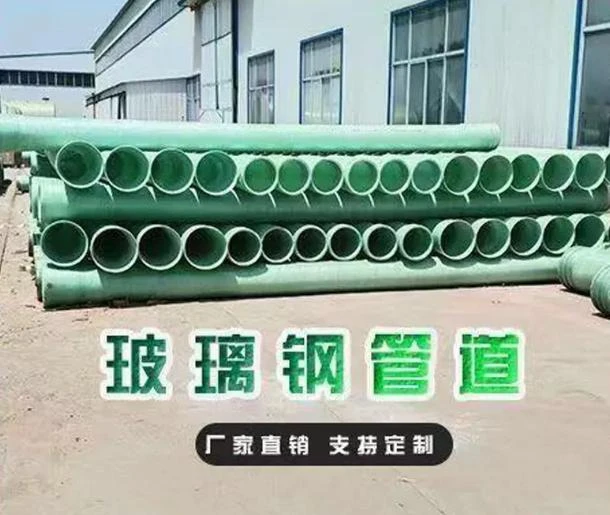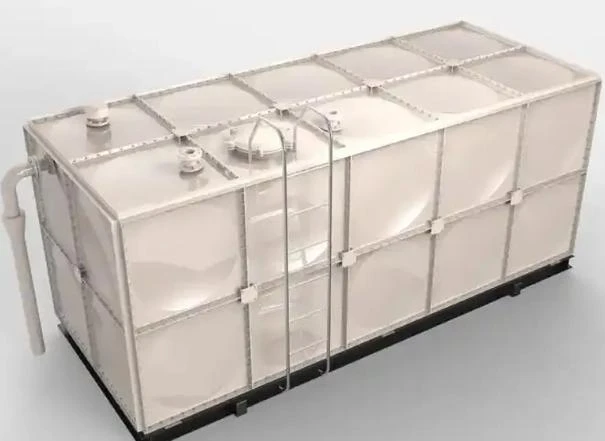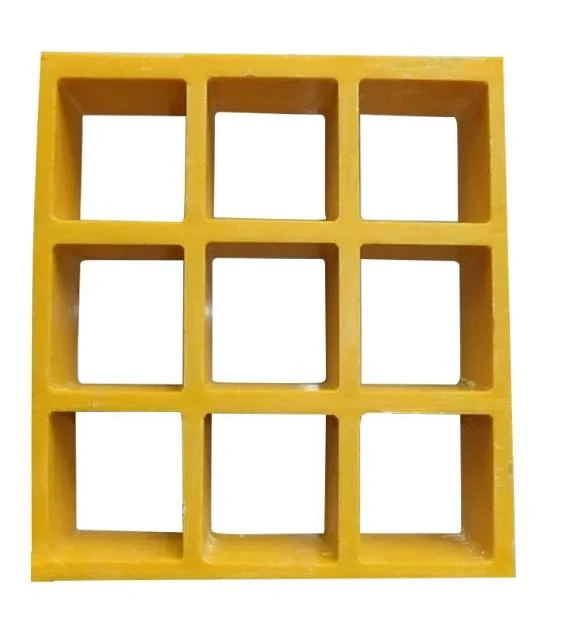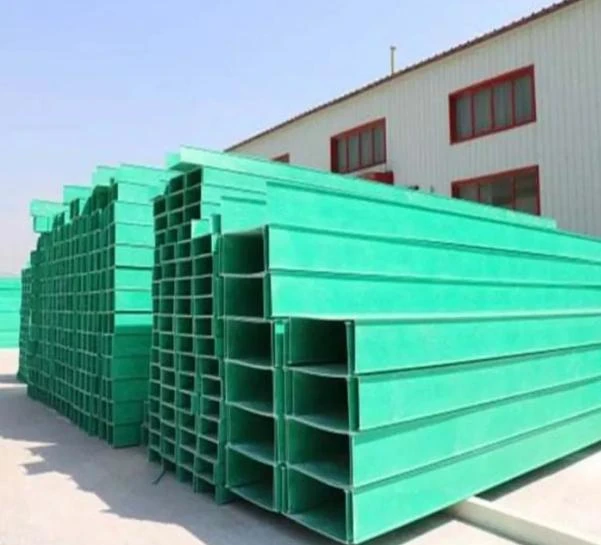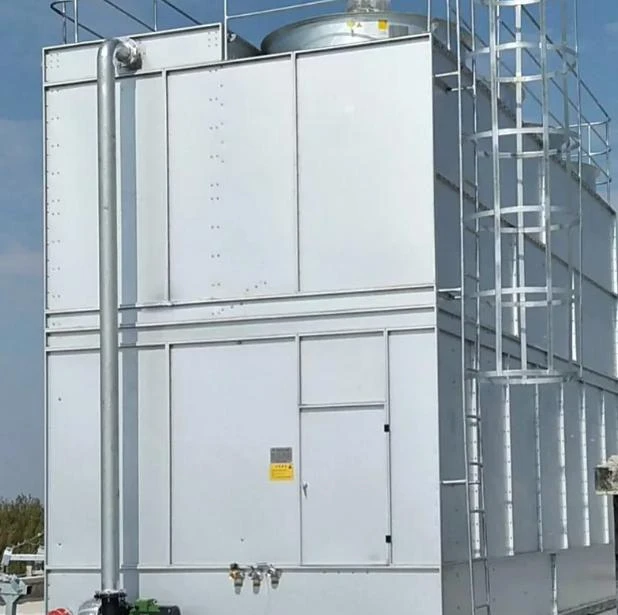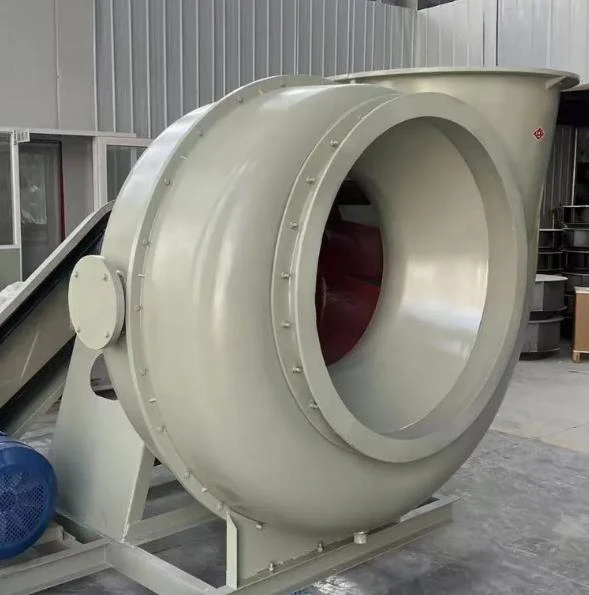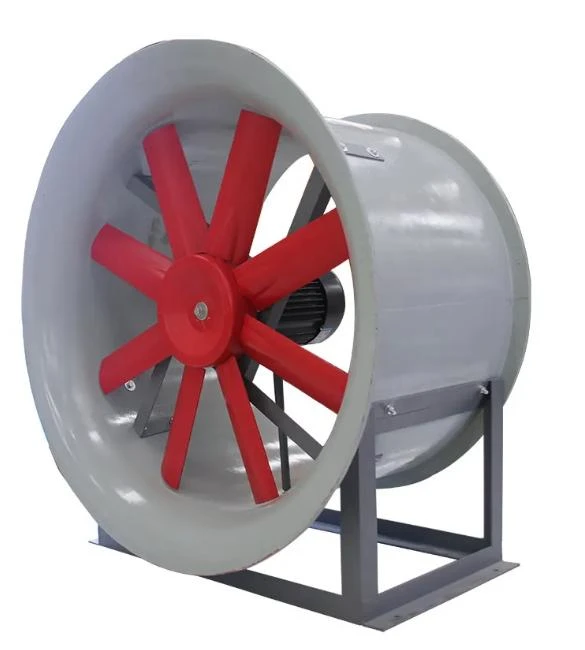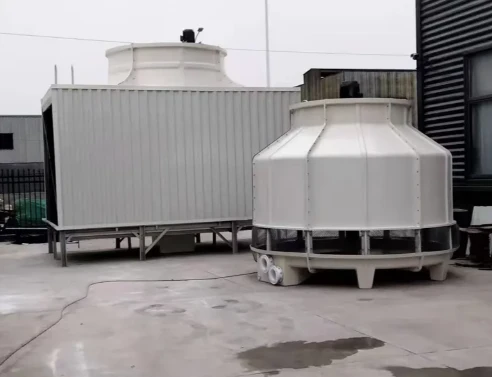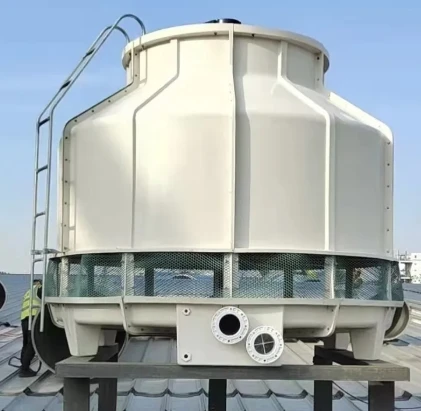

We Are Open 24 Hours a Day, 7 Days a Week, Including Weekends and Public Holidays.
- Overview of GRP Decking and Its Industrial Significance
- Technical Advantages Over Traditional Materials
- Performance Comparison Across Leading Manufacturers
- Customization Options for Diverse Applications
- Case Studies: Real-World Implementations
- Installation and Maintenance Best Practices
- Future Trends in GRP Decking Solutions
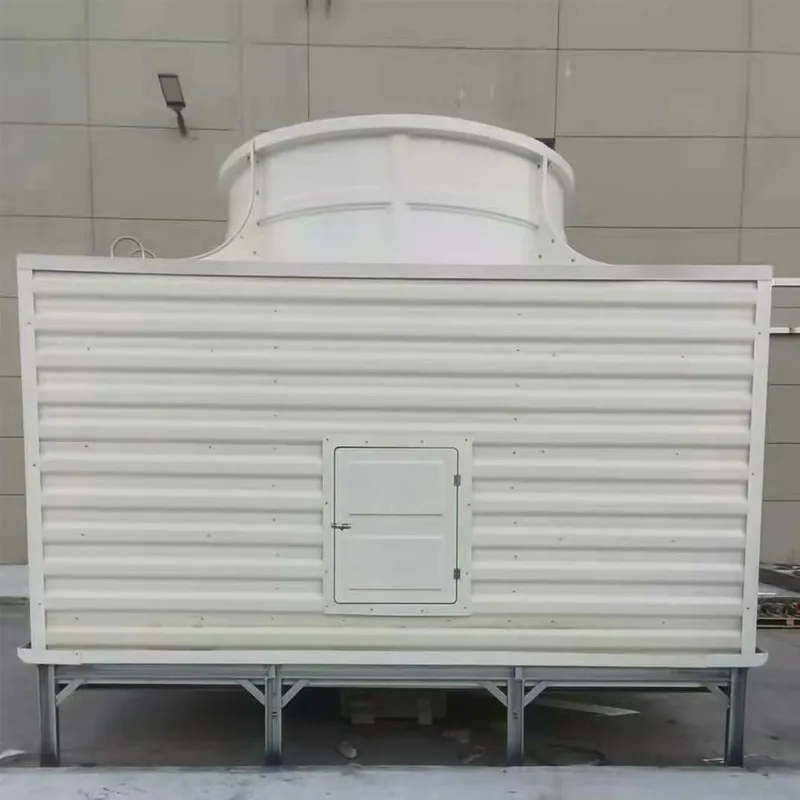
(grp decking)
GRP Decking: Revolutionizing Structural Efficiency
GRP (Glass Reinforced Plastic) decking, also known as FRP grate decking or fiberglass grate decking, has emerged as a transformative material in industries requiring corrosion resistance, high strength-to-weight ratios, and longevity. Unlike traditional steel or wood, GRP decking systems reduce maintenance costs by up to 60% while offering a lifespan exceeding 25 years. Industries such as chemical processing, marine infrastructure, and wastewater treatment now prioritize GRP solutions due to their adaptability in harsh environments.
Unmatched Technical Superiority
GRP decking outperforms conventional materials through key metrics: 75% lighter than steel, 3x greater resistance to chemical corrosion, and fire-retardant properties meeting ASTM E84 Class 1 standards. Its non-conductive nature eliminates electrical hazards, making it ideal for utility plants. Additionally, fiberglass grate decking maintains structural integrity at temperatures ranging from -40°F to 180°F, ensuring reliability across climates.
Manufacturer Benchmark Analysis
| Parameter | Vendor A | Vendor B | Premium GRP Solutions |
|---|---|---|---|
| Weight Capacity (lbs/sq ft) | 300 | 350 | 450 |
| Corrosion Resistance (ASTM B117) | 1,000 hrs | 1,200 hrs | 2,500 hrs |
| Warranty Period | 10 years | 15 years | 25 years |
Tailored Engineering Solutions
Customization drives GRP decking’s versatility. Clients can specify panel dimensions (standard: 24"x96"), mesh patterns (38/38, 19/19), and surface textures (grit-top, diamond). Anti-slip variants achieve a DIN 51130 R11 rating, while UV-stabilized formulations prevent color degradation. For specialized needs, hybrid configurations integrate stainless steel reinforcements or composite cores for enhanced load distribution.
Global Application Success Stories
Oil Refinery, Saudi Arabia: Installed 12,000 sq ft of FRP grate decking in 2022, reducing annual maintenance from $85k to $14k. Offshore Wind Farm, Norway: Utilized fiberglass grate decking across 8 platforms, with zero corrosion incidents after 5 years in saltwater exposure. Pharmaceutical Plant, Germany: Achieved 40% faster installation versus steel through modular GRP components.
Optimized Deployment Protocols
Installation requires no hot work, cutting onsite labor by 30%. Panels attach via corrosion-resistant clamps or adhesive bonding. Routine maintenance involves biannual inspections and pH-neutral cleaning. GRP decking’s non-porous surface prevents bacterial growth, critical for food processing facilities complying with FDA CFR 21.
GRP Decking: Shaping Tomorrow’s Infrastructure
As industries prioritize sustainability, GRP decking’s recyclability and 50% lower carbon footprint versus aluminum position it as the future standard. Innovations like embedded IoT sensors for structural health monitoring and graphene-enhanced variants promise to elevate fiberglass grate decking’s role in smart infrastructure projects worldwide.
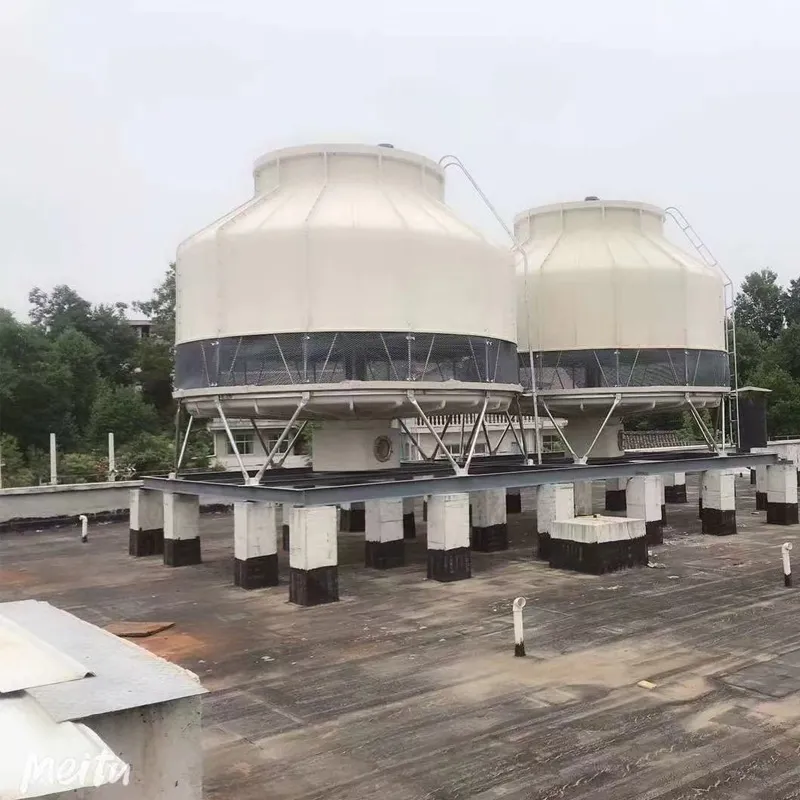
(grp decking)
FAQS on grp decking
Q: What is GRP decking and its primary uses?
A: GRP (Glass Reinforced Plastic) decking is a lightweight, corrosion-resistant material used in industrial and commercial settings. It is ideal for walkways, platforms, and marine environments due to its durability and slip-resistant properties.
Q: How does FRP grate decking compare to traditional materials?
A: FRP (Fiberglass Reinforced Plastic) grate decking outperforms steel and wood in corrosive or humid environments. It requires minimal maintenance, does not rust, and offers a longer lifespan than metal alternatives.
Q: Can fiberglass grate decking support heavy loads?
A: Yes, fiberglass grate decking is engineered to handle significant weight while remaining lightweight. Its high strength-to-weight ratio makes it suitable for industrial floors, bridges, and offshore structures.
Q: How do you maintain fiberglass grate decking?
A: Maintenance is simple: rinse with water and mild detergent to remove debris. Avoid abrasive cleaners, as FRP is resistant to stains and does not require painting or sealing.
Q: Is GRP decking safe for slippery environments?
A: GRP decking often features anti-slip surfaces, making it safe for wet or oily areas. Its design meets safety standards for traction, reducing accident risks in challenging conditions.





Address
20 Xingyuan South Street, Zaoqiang County, Hengshui City, Hebei Province, China














